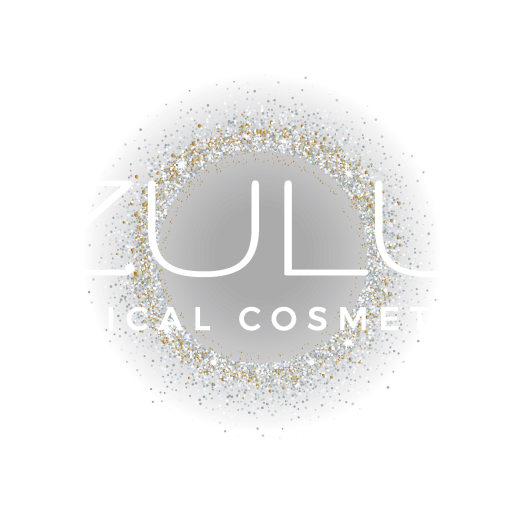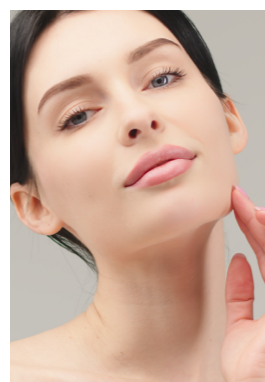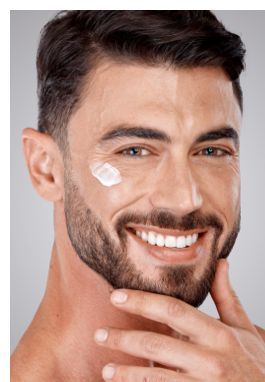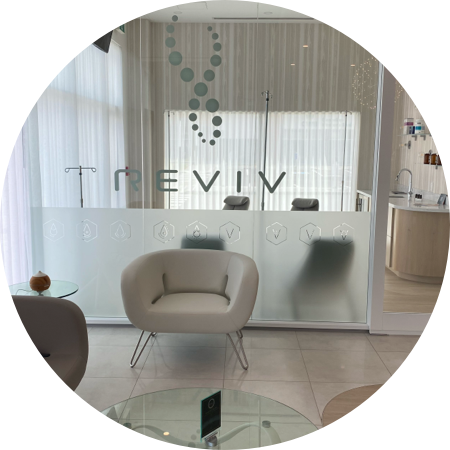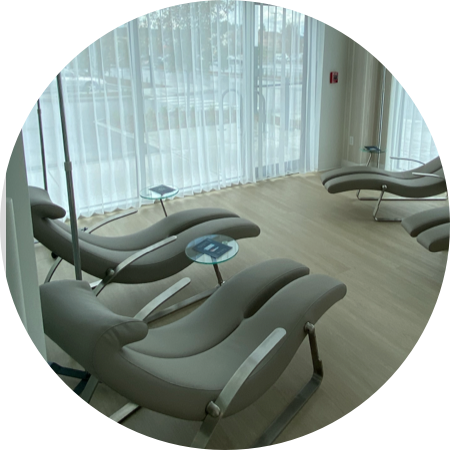Dealing with acne scars can be frustrating and emotionally challenging. Not only can they serve as reminders of past breakouts, but they can also affect your skin’s appearance and your own confidence. That’s why many people seek effective treatments to improve their skin’s appearance.
Microneedling is a technique that uses tiny needles to stimulate collagen production and reduce the visibility of acne scars. This minimally invasive procedure can improve skin texture and promote a smoother, clearer complexion.
What Is Microneedling?
Microneedling, also known as collagen induction therapy, involves using a device with fine needles to create tiny punctures in the skin.
These micro-punctures stimulate the body’s natural healing process, leading to the production of new collagen and elastin. The result is smoother, firmer, and more youthful-looking skin.
Initially used for skin rejuvenation, microneedling has gained popularity for its effectiveness in treating various skin concerns, including acne scars.
What Are Acne Scars?
Types of Acne Scars
Acne scars come in various forms, each with distinct characteristics. The most common types include:
- Atrophic Scars: These are depressed scars caused by the loss of tissue and collagen.
- Hypertrophic Scars: These are raised scars resulting from an overproduction of collagen during the healing process.
- Keloid Scars: These are similar to hypertrophic scars but extend beyond the original wound site, often becoming larger over time.
How Acne Scars Form
Acne scars develop when severe acne damages the skin’s underlying structure. Inflammatory acne lesions, such as cysts or nodules, can then cause deep damage.
The body attempts to repair this damage by producing collagen. However, if collagen production is insufficient, atrophic scars form. Conversely, excessive collagen production leads to hypertrophic or keloid scars.
How Microneedling Works
Microneedling works by creating controlled micro-punctures in the skin, which triggers the body’s natural healing response. During the healing process, collagen and elastin production increases, helping to repair and remodel the skin.
The new collagen fills in acne scars, making them less noticeable and improving the overall texture and tone of the skin.
Benefits of Microneedling for Acne Scars
Improved Skin Texture & Tone
Microneedling effectively improves skin texture by promoting collagen production and cell turnover. This leads to smoother, more even-toned skin, reducing the appearance of acne scars and other imperfections.
Reduction in Scar Appearance
Microneedling can significantly reduce the visibility of acne scars. By stimulating collagen production, the treatment helps to fill in and smooth out depressed scars. Over time, patients notice a considerable improvement in their skin’s overall appearance.
Long-Term Skin Health Benefits
Beyond immediate improvements, microneedling offers long-term benefits for skin health. Regular treatments can enhance skin elasticity, reduce fine lines and wrinkles, and improve overall skin quality.
Microneedling Procedure: What to Expect
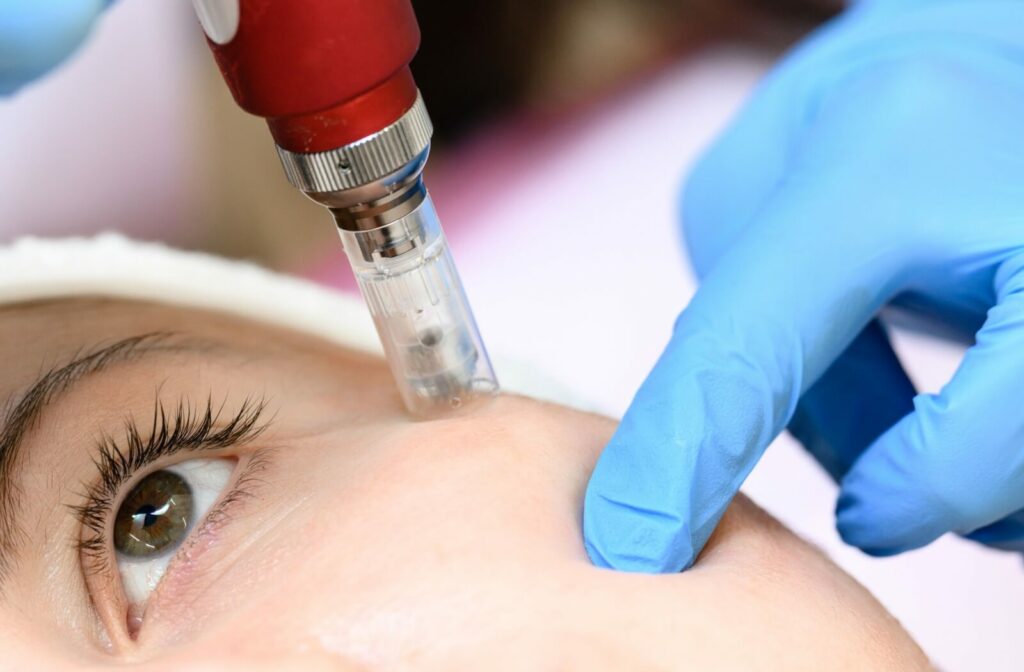
Pre-Treatment Preparation
Before undergoing microneedling, it’s essential to prepare your skin properly. This may involve discontinuing certain skincare products, such as retinoids or exfoliants, to avoid irritation.
Additionally, staying hydrated and protecting your skin from sun exposure can help ensure optimal results.
Step-by-Step Procedure Overview
- Cleansing and Numbing: The treatment area is thoroughly cleansed, and a numbing cream is applied to minimize discomfort.
- Microneedling: The microneedling device is gently moved across the skin, creating tiny punctures. The depth and intensity of the needles can be adjusted based on the specific needs of the patient.
- Post-Treatment Care: After the procedure, soothing serums or growth factors may be applied to enhance the healing process. Patients are advised to avoid sun exposure and use gentle skincare products during the recovery period.
Post-Treatment Care & Recovery
Proper post-treatment care is important for optimal results and minimizing side effects. Patients should avoid applying makeup for at least 24 hours, and should follow their dermatologist’s aftercare instructions.
Redness and mild swelling are common immediately after the procedure, but these side effects typically subside within a few days.
Microneedling Devices & Techniques
Different Types of Microneedling Devices
There are various microneedling devices available, including:
- Dermal Rollers: These handheld rollers have fine needles that create micro-punctures when rolled over the skin.
- Automated Pens: These devices use a motorized mechanism to create controlled, precise punctures.
- Radiofrequency (RF) Microneedling: This advanced technique combines microneedling with RF energy to enhance collagen stimulation and skin tightening.
At-Home vs. Professional Microneedling
While at-home microneedling kits are available, they are generally less effective and carry a higher risk of complications compared to professional treatments.
Professional microneedling performed by a licensed dermatologist or aesthetician ensures safer and more consistent results, tailored to an individual’s needs.
Results & Expectations
When to Expect Results
Results from microneedling are not immediate, as collagen production takes time. Most patients notice gradual improvements in their skin’s texture and appearance within a few weeks. Full results may take several months and multiple sessions to achieve.
How Many Sessions Are Needed?
The number of microneedling sessions required varies depending on the severity of acne scars and individual responses to treatment.
Typically, a series of 3—6 sessions spaced 4—6 weeks apart is recommended for optimal results. Your dermatologist will create a personalized treatment plan based on your needs.
Is Microneedling Right for You?
Microneedling is a versatile and effective treatment for reducing acne scars and improving overall skin texture. However, it’s essential to consult with a qualified dermatologist to determine if it’s the right option for you.
Your dermatologist will assess your skin type, medical history, and specific concerns to create a personalized treatment plan.
If you’re ready to take the next step, book an appointment with Zulu Medical Cosmetics to explore how microneedling can help you achieve smoother, healthier skin.
